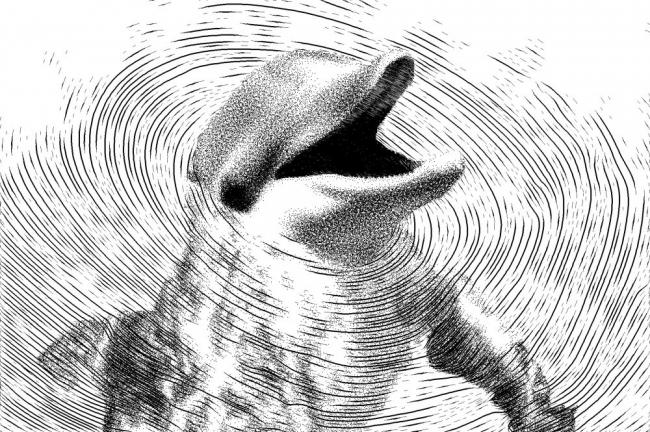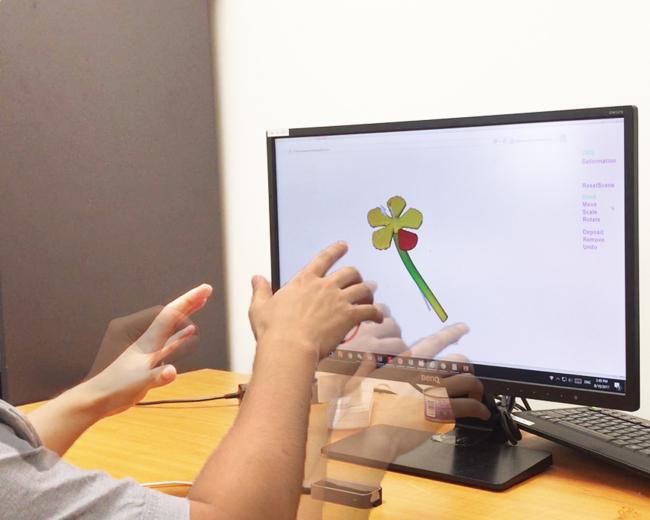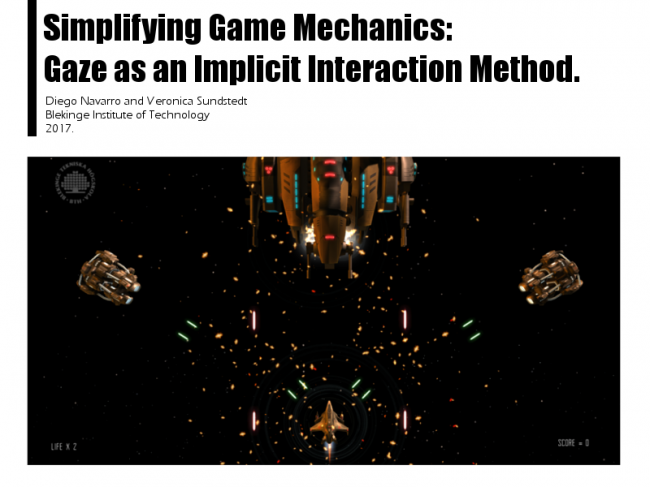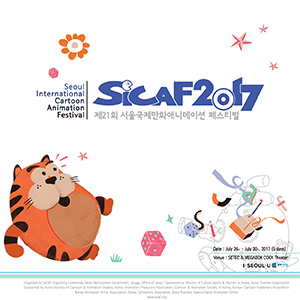 siggraph
siggraph
siggraph
siggraph
Interaction
 Full Conference Pass
Full Conference Pass Full Conference 1-Day Pass
Full Conference 1-Day Pass
Date/Time: 29 November 2017, 02:15pm - 04:00pm
Venue: Amber 1
Location: Bangkok Int'l Trade & Exhibition Centre (BITEC)
Session Chair: Ruizhen Hu, Shenzhen University, China
KidPen: A Stroke-based Method for Kid-style Sketches Synthesis from Photos
Summary: Drawings of children usually have a unique charm due to their naïve and untutored styles. To easily produce the kid-style art, we proposed KidPen, a method that can transform realistic photos into kid-style sketches. Synthesizing kid-style sketches is challenging because children often draw objects with large shape changes and content simplification. We propose a stroke composition method based on a general cognitive process of human copy-drawing, thus the system is not restricted to specific object categories. The perceptual study shows that there is no significant difference of naturalness between the synthesized sketches of our method and the children's drawings.
Author(s): Wan-Ling Yang, National Taiwan University, Graduate Institute of Networking and Multimedia, National Taiwan University
Mei-Yun Chen, Graduate Institute of Networking and Multimedia, National Taiwan University
Hong-Shiang Ling, Graduate Institute of Networking and Mutimedia, National Taiwan University
Yu-Hsuan Huang, Graduate Institute of Networking and Multimedia, National Taiwan University
Ming Ouhyoung, Department of Computer Science and Information Engineering, National Taiwan University
Speaker(s): Mei-Yun Chen, Graduate Institute of Communication Engineering, National Taiwan University

Interactive Multi-style Pen-and-Ink Drawings from Images
Summary: In this paper we describe an interactive system for multi-style pen-and-ink stylization of images.
Author(s): Botong Qu, Oregon State University
Yue Zhang, Oregon State University
Eugene Zhang, Oregon State University
Speaker(s): Eugene Zhang, Oregon State University

Interective Shape Modeling Using Leap Motion Controller
Summary: Compared to commonly used 2D tracking devices, 3D hand tracking by low-cost optical cameras can provide more degrees of freedom, as well as natural gestures for interaction done in virtual spaces. However, it is not considered to be precise enough for 3D modeling due to the problems of hand jitter, jump release, and occlusion. To avoid these problems, we propose to use bimanual interaction and separate the functions of a hand—the dominant hand controls 3D position and rotation, while the other hand controls grasping and releasing. This interaction is similar to playing the theremin—an electronic musical instrument controlled without physical contact by hands of the performer. Based on this method, we describe a generic set of reliable and precise interaction techniques for 3D shape modeling. A pilot user study shows that the proposed technique supports 3D modeling faster than that with Maya using mouse for a specific modeling example involving 3D manipulation and deformation. The results of the paper prove usefulness of optical hand tracking in precise 3D modeling.
Author(s): Jian Cui, Nanyang Technological University
Alexei Sourin, Nanyang Technological University
Speaker(s): Jian Cui, Nanyang Technological University

Simplifying Game Mechanics: Gaze as an Implicit Interaction Method
Summary: This paper explores the possibilities of using player gaze as an implicit interaction method, to simplify game mechanics in a space shooting video game. First, a set of five experienced players were eye-tracked while playing the game Ikaruga where gaze information was recorded. The observed gaze patterns from these players were used to design two novel implicit interaction techniques. The techniques aimed to reduce the complexity of common game mechanics from this genre. Two video game prototypes were then developed. Both made use of traditional mechanics, but only one featured the gaze-based implicit interaction techniques. Nine participants then played both prototypes in a user study. A questionnaire was used to evaluate their experience with the implicit interaction techniques. Also, the final scores of each player were recorded to analyze if there was any significant change in performance between the prototypes, due to an unfair advantage provided by the interaction techniques. Results show that participants had an overall positive experience and agreeing that the gaze interaction provided a game mechanic simplification. Additionally, there was no significant difference in the score results when comparing both of the interaction techniques.
Author(s): Diego Navarro, Blekinge Institute of Technology
Veronica Sundstedt, Blekinge Tekniska Högskola
Speaker(s): Diego Navarro, Blekinge Institute of Technology


